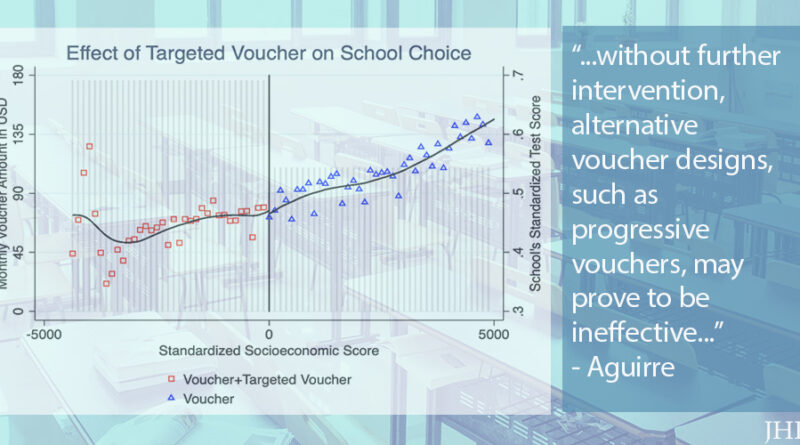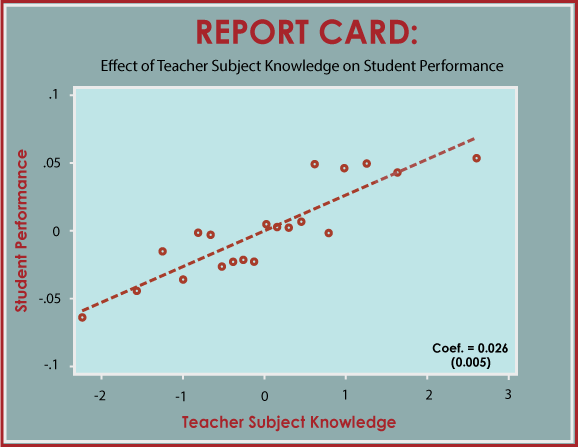Progressive Vouchers for Low-Income Students?
Eighteen states now have legislation that provides vouchers for students to attend private school, but school vouchers remain controversial. Detractors say they increase educational disparity, allowing schools to cherry-pick the wealthiest and highest performing students while leaving disadvantaged kids behind. One way to mitigate this problem is by giving a higher voucher amount to low-income students. Josefa Aguirre asked: How have progressive vouchers worked in practice?
A Chilean policy that increased voucher amounts by 50% for students in the lowest 40% of the income distribution allowed Aguirre to answer this question in a context where a universal voucher system has been in place for over three decades. Aguirre compared the school choices and educational outcomes of students who are in the margin of receiving the extra voucher amount.
The findings? The additional 50% voucher amount had no effect on students’ school choices or educational outcomes. The main conclusions of this research are: (1) that progressive vouchers may be ineffective in terms of mitigating socioeconomic stratification, and (2) that implementing progressive vouchers is unlikely to differentially increase educational outcomes for low-income students.
According to Aguirre, “While descriptive evidence suggests that educational outcomes improved for low-income students in Chile during this period, my results show that this is likely driven by increased resources or increased accountability brought by this policy, but is not a result of having progressive vouchers per se.”
Read the study in the Journal of Human Resources: “How Can Progressive Vouchers Help the Poor Benefit from School Choice?” by Josefa Aguirre.
***
Josefa Aguirre (@josefaaguirre) is a professor at Pontificia Universidad Católica de Chile, Escuela de Gobierno



